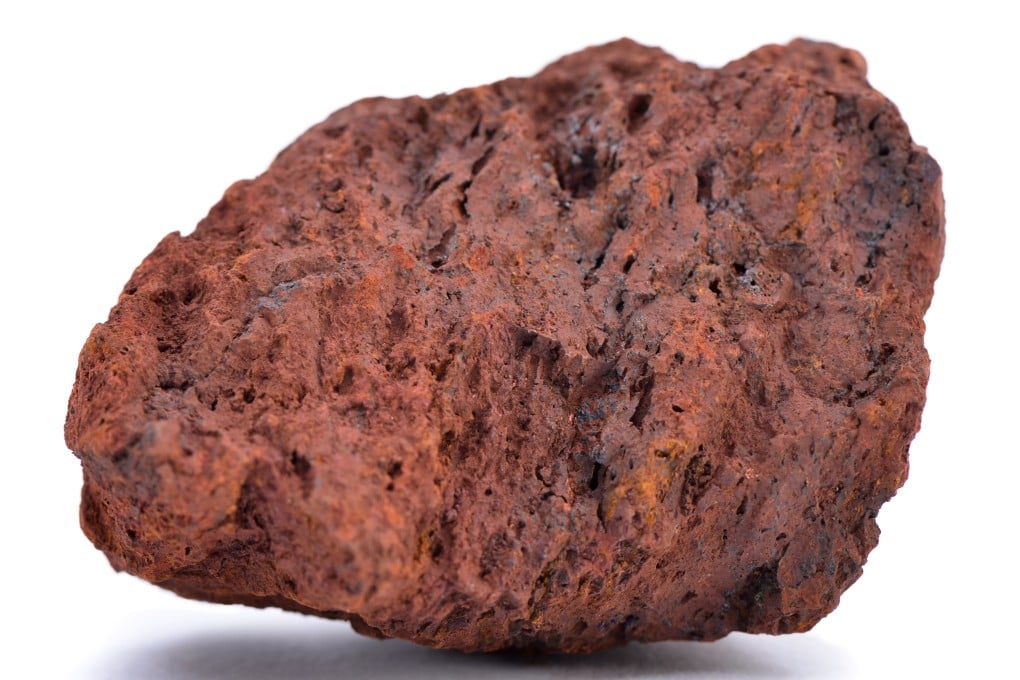Explainer | How iron ore is powering China’s infrastructure boom, and why securing new sources is so vitally important
- China’s appetite for steel has surpassed 1 billion tonnes a year, but it is becoming increasingly expensive to source the key ingredient – iron ore – from abroad
- Some say Chinese demand for iron ore will fall as the pandemic stimulus starts to wear off, but China is proactively looking for alternative sources

What is iron ore?
Iron ore is mined raw material used to make crude iron, also known as pig iron, and nearly all of it is used to make steel.
Roughly 1.5 tonnes of iron ore are required to produce one tonne of steel.
The higher the iron content in the ore, the higher it is graded and the more valuable it becomes.
Why does China need iron ore?
China consumes more iron ore than any other nation, as it is by far the world’s largest steel producer, with its output greater than all other steelmaking countries in the world combined.
China churned out a record 1.05 billion tonnes of crude steel in 2020, with demand boosted by Beijing’s stimulus measures for infrastructure such as bridges and roads and both new commercial and residential buildings.
But they added that, due to rising higher prices of imported scrap particularly in local markets and that most steel mills use the oxygen and iron ore method of making steel, it is unlikely that Chinese steel mills will be quickly replacing large amounts of imported iron ore with scrap steel in the short term. The other factor preventing scrap steel from becoming a fast replacement for iron ore is the small size of the global scrap market.
